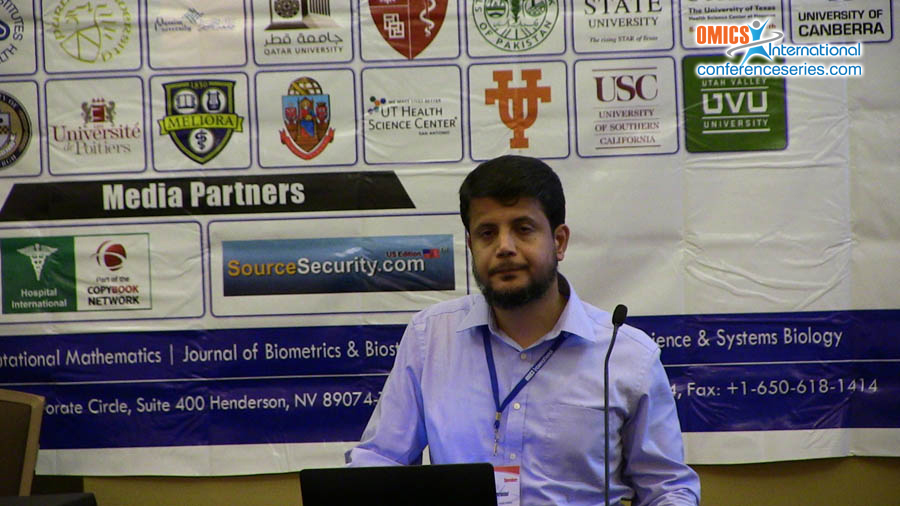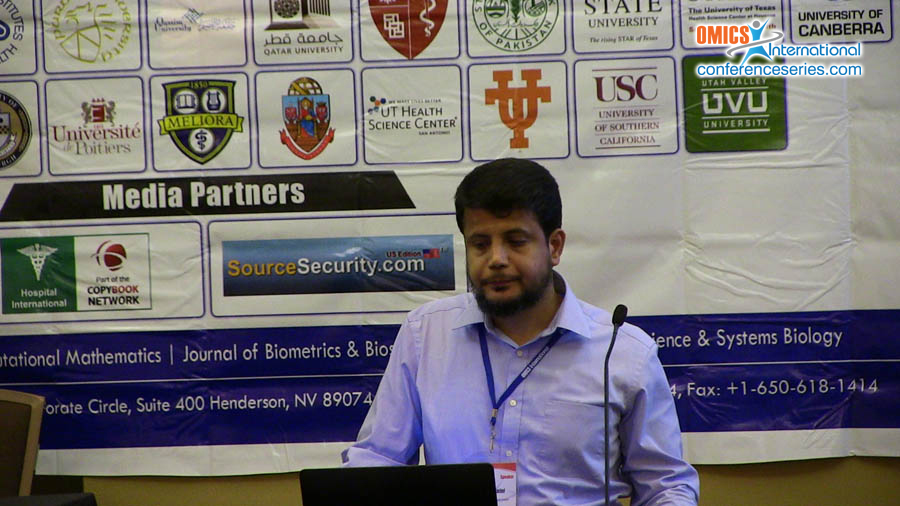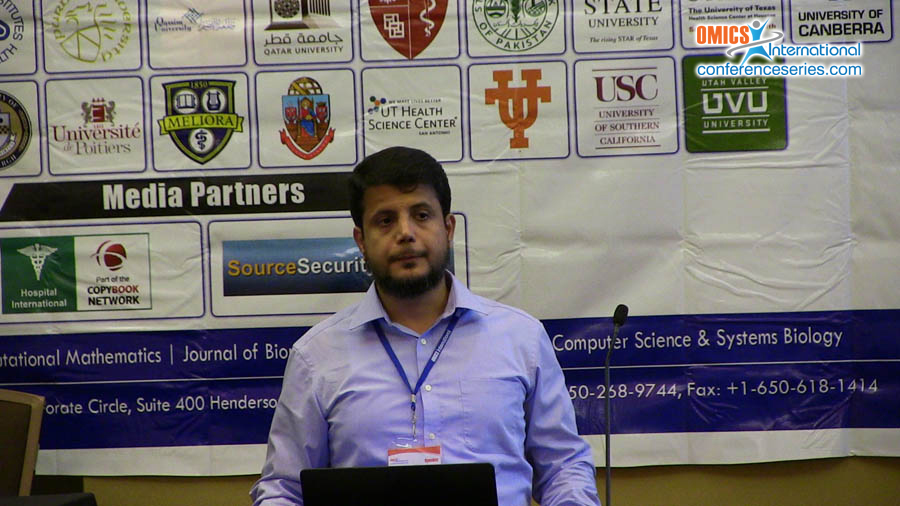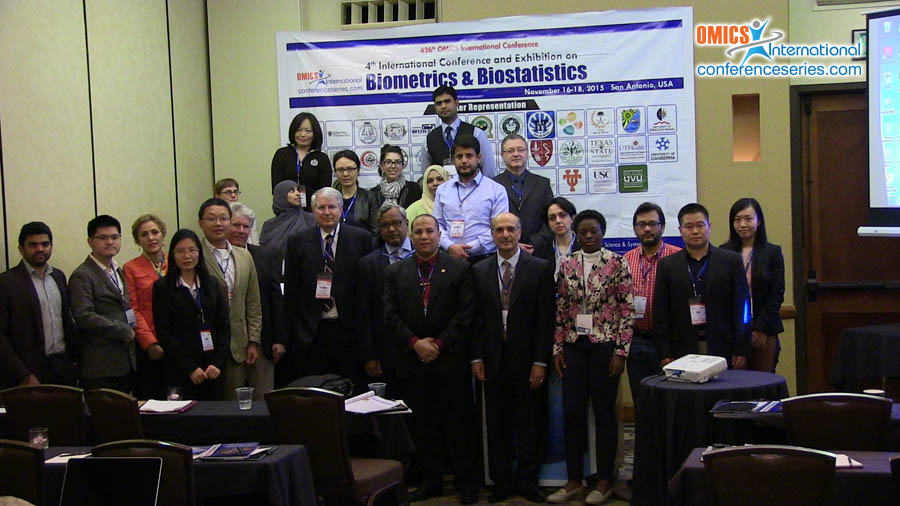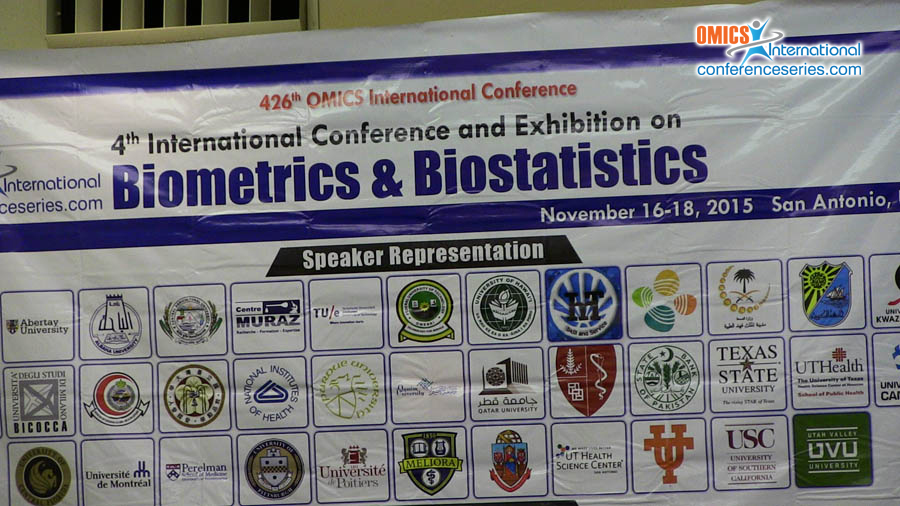
Adel Aloraini
Al Baha University
Saudi Arabia
Title: A directed acyclic graphical approach with ensemble feature selection for a better drug development strategy using partial knowledge from KEGG signaling pathways
Biography
Biography: Adel Aloraini
Abstract
Genes and proteins along KEGG signaling pathways are grouped according to different criteria such as gene duplication and its co-operativity. Gene duplication is a process by which a chromosome or a segment of DNA is duplicated resulting in an additional copy of the gene which undergoes mutations, thereby creating a new different functional gene that shares important characteristics with the original gene. Similar sequences of DNA building blocks (nucleotides) are an example of such duplication. Gene co-operativity is another criterion for grouping genes and proteins together into one family in KEGG signaling pathways that could be manifested at the protein-protein interaction level. At large, KEGG signaling pathways show a high level knowledge of the structural interaction between genes but with some limitations. In this presentation, we will discuss our recent approach for revealing more details about inter-family interactions in KEGG signaling pathways, using gene expression profiles from Affymetrix microarrays which in turn show a promising avenue for a better drug development strategy. Learning from gene expression profiles is, however, problematic given that the number of genes usually exceeds the number of samples, known as the p>>n problem. Learning from such high-dimensional space needs solvers to consider the most relevant genes that best explain the cellular system being studied. Hence, in this presentation we will show how we tackled this problem through developing a machine learning of graphical model approach that utilizes novel ensemble feature selection methods to justify the choice of the most relevant features, genes in this case.

